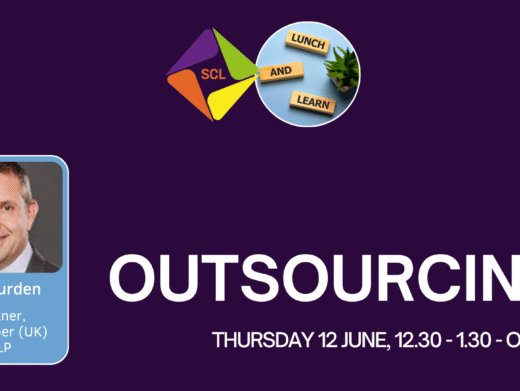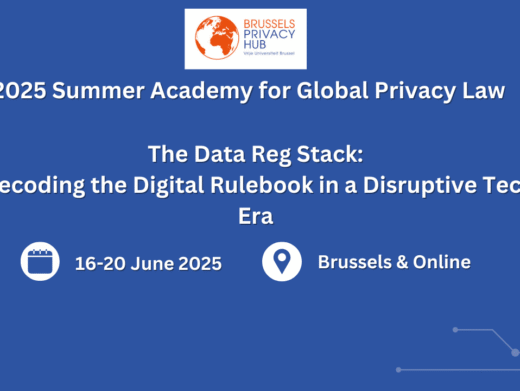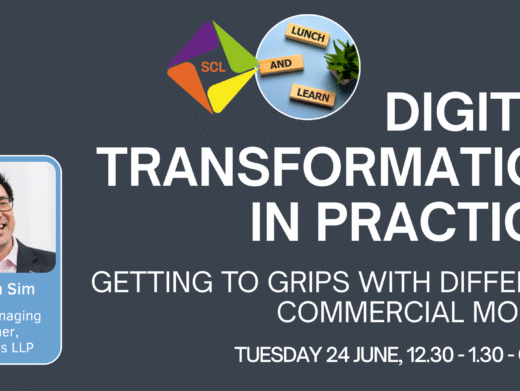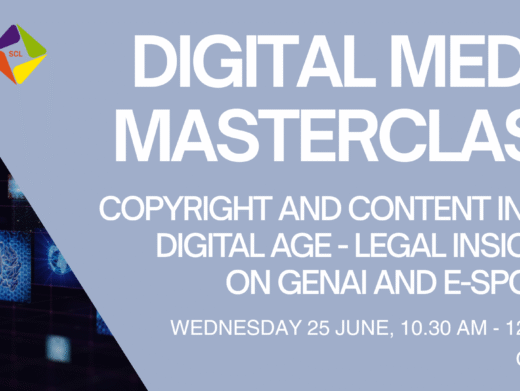Court technology is largely the responsibility in theory of the Court Service. The reality is that the Court Service has only a handful of staff with the level of expertise required for the modernisation of the courts. Consequently EDS, the IT services supplier, takes the reins in most court-technology initiatives, having agreed a destination with its client. Since EDS also works with several other agencies in the justice system, its influence is considerable.
EDS has some 20,000 employees in the
I was interested in the very broad nature of the contract with the Court Service as it was described to me – “the supply of IT services to the courts”. Robin sees EDS as a “conduit for services” to the courts. The Court Service is a client, with the power to direct which that implies, but he acknowledged that to a large extent the relationship is one of partnership. As Robin put it, “we put options to the Court Service but they retain control”. The tensions and dynamics in this area are complex – I had just looked at a new initiative from CJIT (Criminal Justice IT) and had noticed that EDS were not involved. I wondered whether there was a real danger of standardisation, integration and even communication getting lost in a situation where a number of people were trying to achieve similar things. Robin assured me that they talked with Jo Wright of CJIT on a regular basis but accepted that the fact that everyone was trying to do things slightly differently was part of the challenge for EDS. It was one aspect which was being greatly helped by developments in IT which made systems compatibility and re-use of data much easier than once it was.
I was set to give Robin a hard time about the suggestion that the Court Service had more pilots than British Airways. I have never quite grasped why successful pilots are not implemented more speedily throughout the court system, thus spreading the benefits widely, rather than retaining their status as pilots. Robin felt that the word “pilot” was often misused – often the real problem with extending the application to other courts was infrastructure. So some so-called pilots were testing a particular concept – and that means there is a need for a long examination of the nuances as some negative aspects do not emerge in the legal context for a very long time. Because EDS has experience of working with courts and justice systems in
VPDH
The VPDH project in
But that project is still confined to Minshull St. EDS are talking to the local Bar and solicitors and Judge Woodward, who has invested a great deal of time and effort in the project, is trying to make sure it is exactly right. I applaud the fact that EDS are working with the local lawyers on this, and I am sure that the work with target practices and the workshops will throw up valuable lessons, but I do wonder whether we might learn more, and more quickly, by spreading the areas covered by the pilot – including therein areas where the judge is not so committed and technologically well-informed.
One great positive was that the process for monitoring the VPDH pilots includes workshops and communication with certain firms and chambers. The problem, to which Robin James referred (although I accept that EDS may not see this as a problem), is that there is no general mandate to talk to the “stakeholders” or ecosystem and gain instruction; it is inevitable that the government definition of return in this context focuses on reductions in cost. It is not blind to the advantages to be gained in overall efficiency or in the quality of justice but cannot necessarily give them much weight.
MCOL
It is something of a common-place for those dealing with people involved in IT applications to hear jokes about how pleased they are that they have at last entered the 20th century. Neither the Court Service nor Robin James and EDS is able to approach the problems in the same way as they might in a business context – where re-engineering the process would undoubtedly be on the cards. Robin James feels that the court processes are many years behind the IT norm for 2003. The shining exception is Money Claims On-Line (MCOL). Robin James is clearly delighted that this project has really taken off and has in just a few months created the busiest court in
One of the advantages of which Robin James is most proud is that non-solicitors have been encouraged to use MCOL. Rather than facing the daunting prospect of visiting the court and being told that their form requires amendment, litigants in person can follow the online form, which prompts for the correction of errors. Not only does Robin see that as an example of social advantages, he described it as a prime example of “sweating assets more efficiently”.
Infrastructure
I wondered where Robin saw the courts going in terms of infrastucture. Were we likely to see wi-fi in the courts for the use of the Bar and solicitors and to remove the need for all this expensive wiring? Predictably, the reaction was cautious and the problems with security were cited but I was surprised to find sympathy for the view that the security problems of court visitors would be the user’s problem. Robin cited the provision of hot spots at certain branches of Starbucks and we were broadly in agreement that some method of payment by users was the key to unlocking the wi-fi problem. Sadly our agreement on the point is unlikely to register too highly with the Court Service or the DCA.
Wi-fi seems like a bit of a dream when you consider the limited aims of the IT Infrastructure Procurement Project. Under that scheme, EDS is enabling the 78 Crown Courts in
Standards
I had been prompted by Stuart Holden of Axxia to ask who was taking responsibility for the coding of standards when discrete case management systems used in the legal profession, the CPS and police forces sought to interface. I mentioned the progress made by PISCES in another context as an example of what might be needed. Robin James does not see the setting of standards as part of his brief. He is keen to stimulate dialogue and the examination of options. EDS would be interested in facilitating discussion, for example by hosting online discussion boxes.
Robin was not convinced that XML was the answer – he feels that “it is still not necessarily understood”. There was a problem with setting up electronic case files in that there was too much input from too many perspectives but sometimes the differences were exaggerated and, with improvements for interfacing in general IT, were often quite small.
The Future
I was impressed by Robin’s grasp of the problems with legal IT outside the immediate EDS sphere of interest. Here is an open-minded individual looking to share views and in a position to benefit the justice system. His hopes for the future were that the benefits of IT in the justice system would be pushed out to the wider “ecosystem”. He saw greatly increased opportunities in police work in particular and I was amused by the prospect of the “swipe-card fixed penalty” but admit it makes perfect sense.




